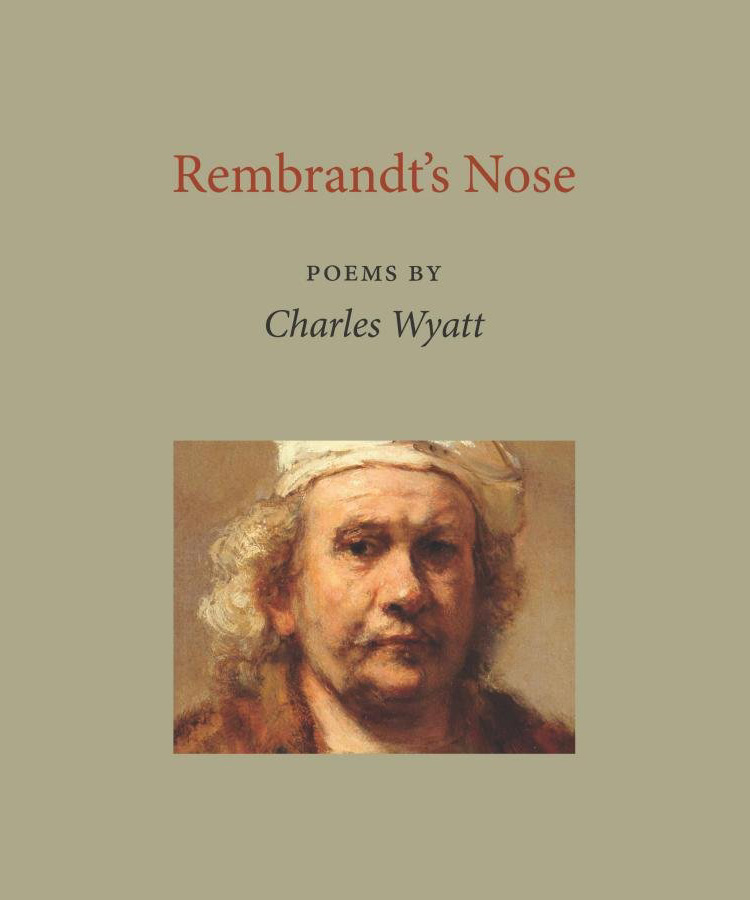From Rembrandt’s Nose
Farmhouse in Sunlight
If a tree can gather the sun,
this house is a forest,
and the light’s a treasure
hidden already.
Bright shadows hold up
four chimneys,
and we’re close enough
to be inside.
where sharp lines
from the guarded windows
bind armies of morning dust
escaping an angry broom.
Review
“Rembrandt’s Nose combines ekphrastic and lyric poetry to reveal what’s beneath the surface of the painter’s work and behind the eyes of those self-portraits, including smells, sounds, tastes and tactility. Wonders and mysteries are found in the humblest of places: in chairs, brooms, feathers, dust motes, ‘cows pissing.’ And there, like a refrain: the nose, ‘that sackbut, that viol, that harmonious bagpipe’ – herald of imperfection, irony, appetite and mortality.”
William Trowbridge
Author of Vanishing Points

About the Author
Charles Wyatt
We honor the passing of Charles Wyatt by continuing to read his poems.
Charles Wyatt was the author of two collections of short fiction, Listening to Mozart, (University of Iowa Press) and Swan of Tuonela, (Hanging Loose Press); a novella, Falling Stones: The Spirit Autobiography of S.M. Jones (Texas Review Press); and three poetry chapbooks, A Girl Sleeping (Sow’s Ear Poetry Review Chapbook Series,) Myomancy (Finishing Line Press,) and Angelicus ex Machina (Finishing Line Press.)
More from Ex Ophidia Press
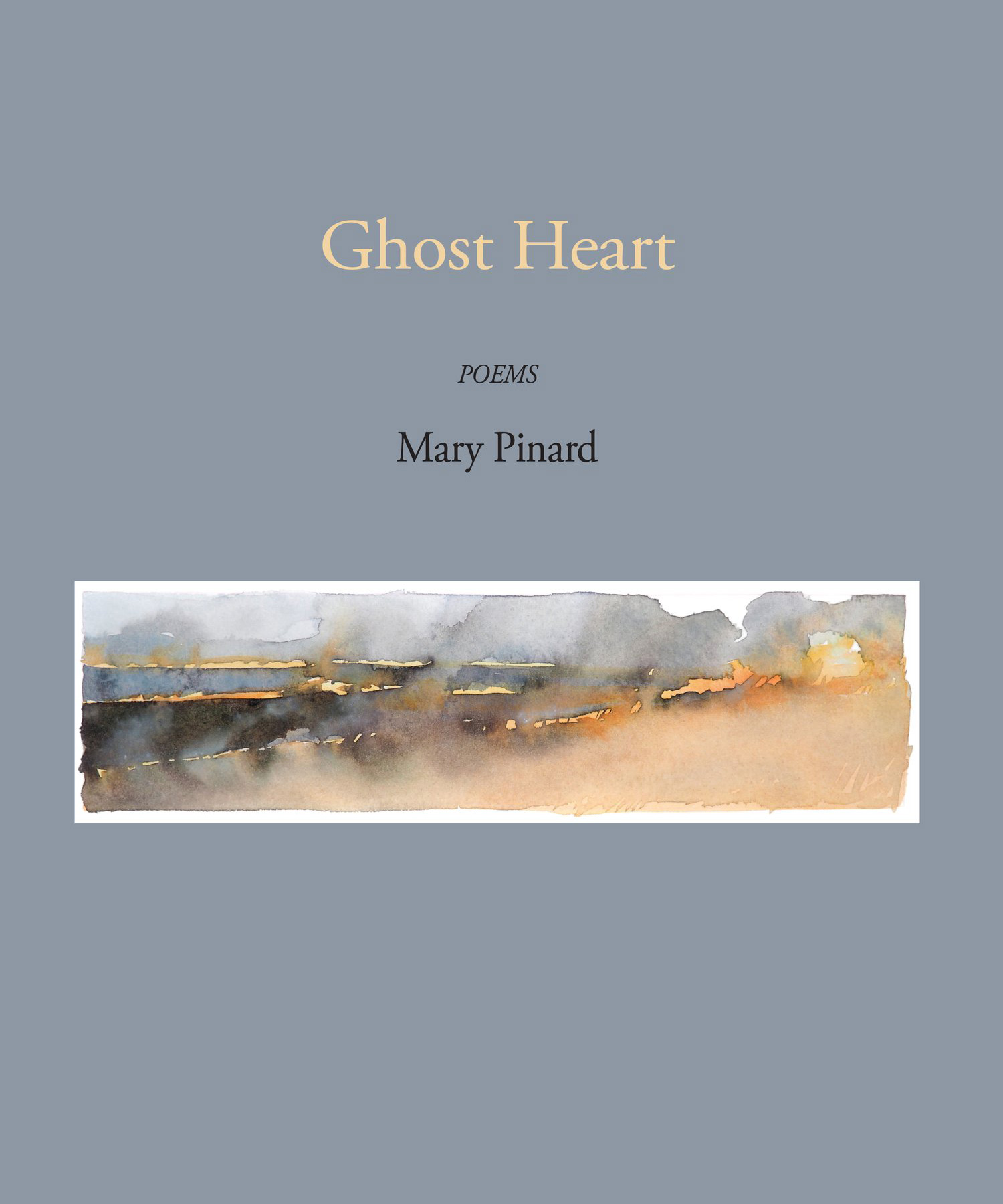
Ghost Heart
Mary Pinard
Winner of our 2021 Poetry Contest, this collection engages science and cultural history to explore the complex nature of the vanishing American prairie.
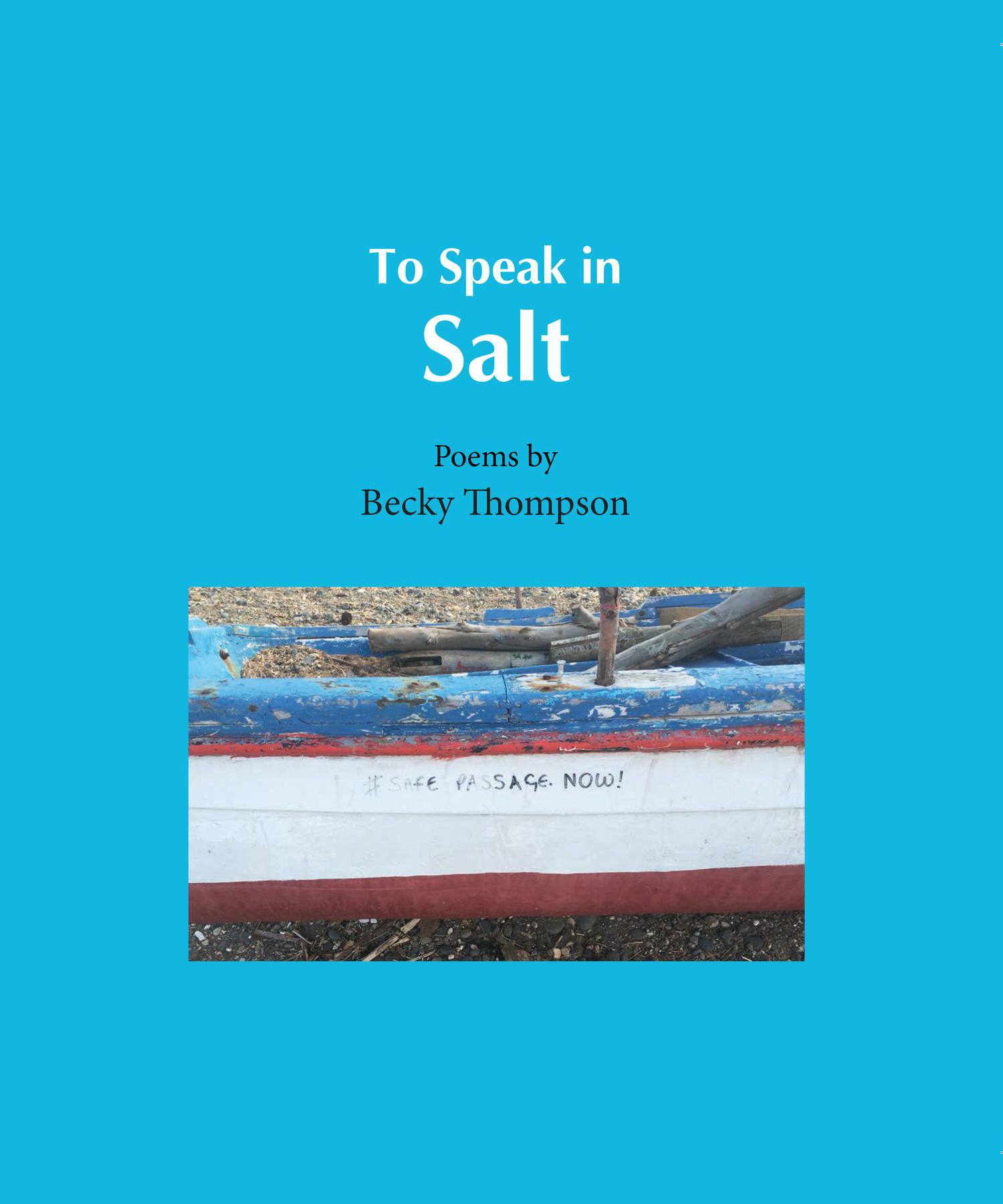
To Speak in Salt
Becky Thompson
For many years, Becky Thompson has brought poetry to refugees in Greece, and they have brought poetry to her. To Speak in Salt is a testimony to that exchange, packed with poems keenly observing people and places where “barbed wire doubles as a fence / a clothesline for diapers.”
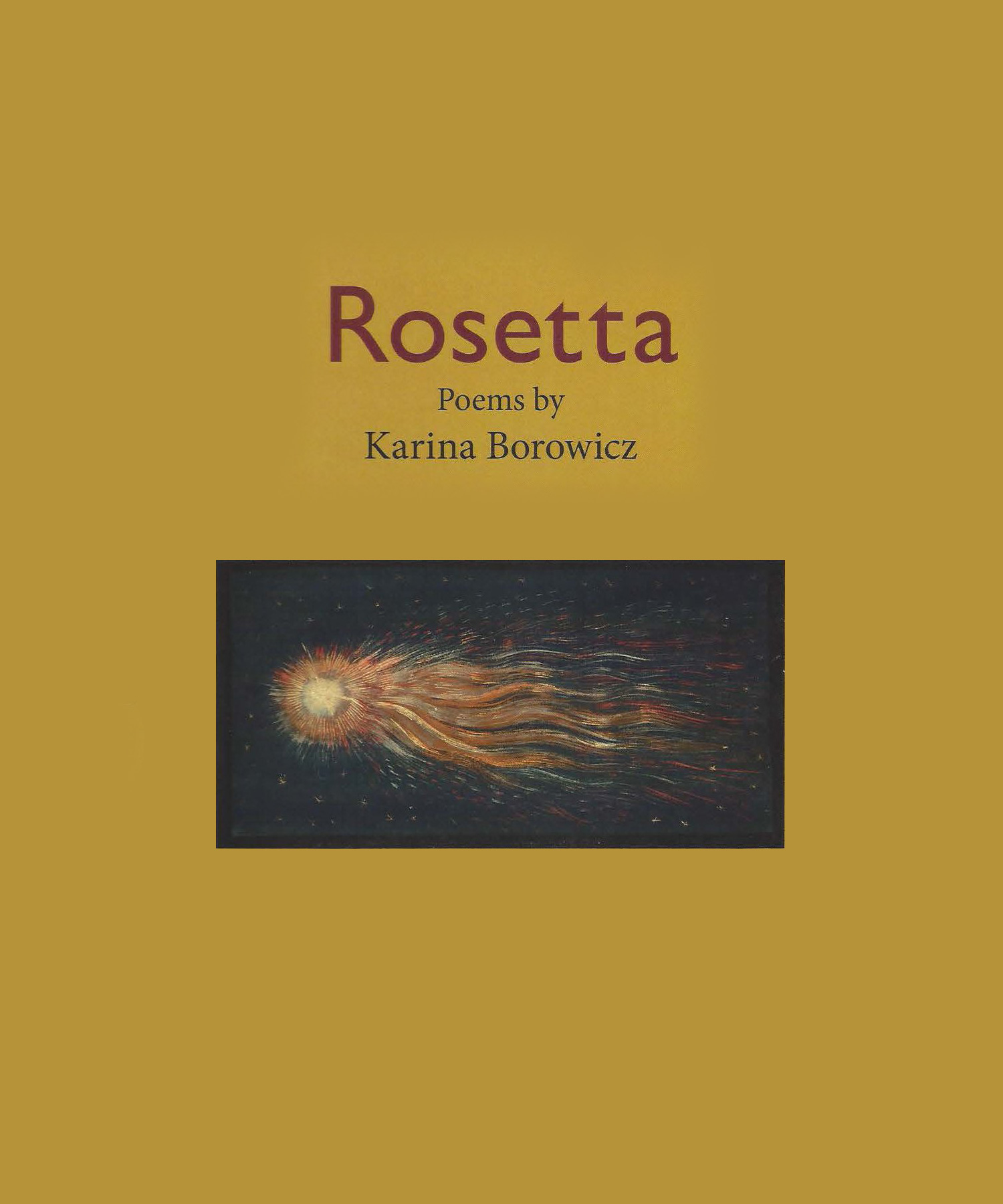
Rosetta
Karina Borowicz
In this collection, winner of the 2019 poetry prize, noted poet Karina Borowicz creates a world within a world. The poems range over many aspects of life, yet are connected by a sense of coherence, continuity, and deeper meaning.
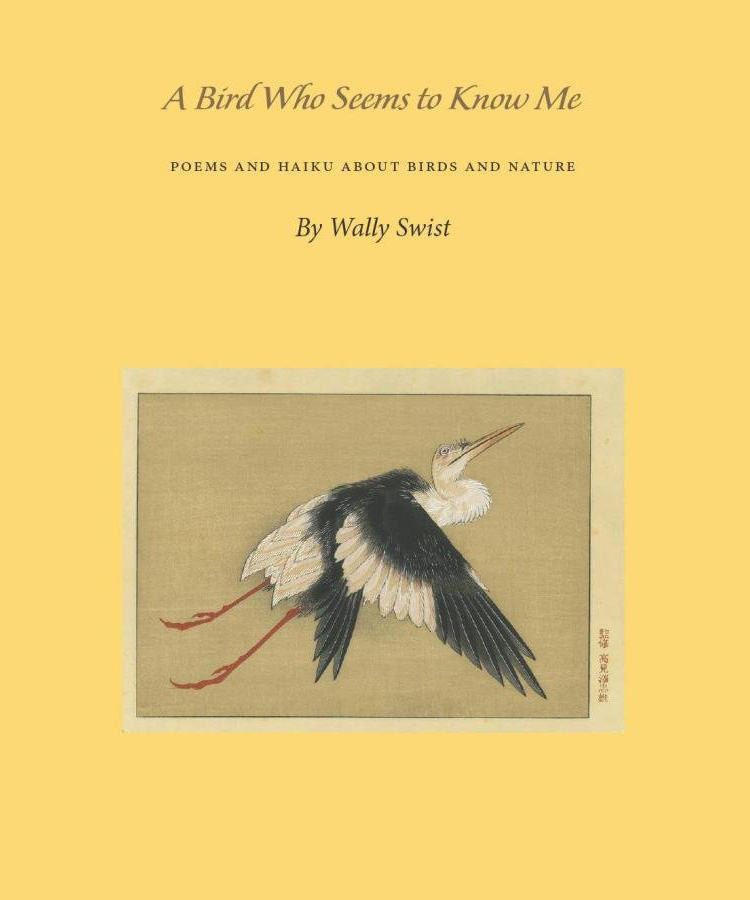
A Bird Who Seems to Know Me
Wally Swist
The connections between humans and birds are the central focus of the 2018 Poetry Prize winner. Wally Swist brings into focus, through poems and haiku written in the clarity of pure, direct language, the wildness that is often invisible in the urban landscape.
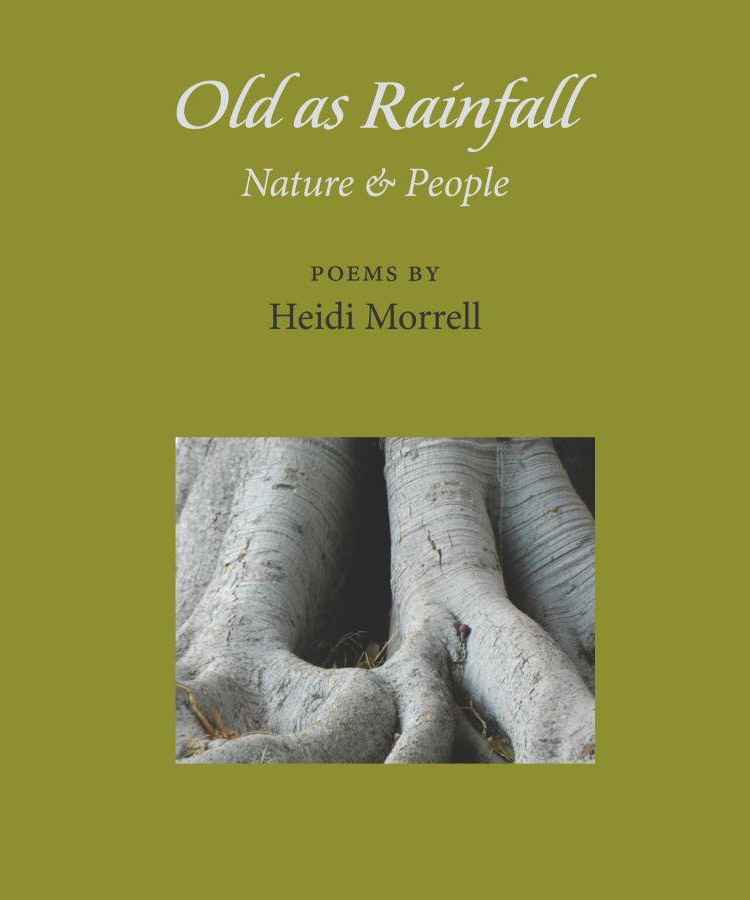
Old as Rainfall: Nature and People
Heidi Morrell
The 2016 winner of the Ex Ophidia Press Poetry Prize by Heidi Morrell focuses on nature and people ranging from locales as disparate as Hawaii and Paris. The balance and intersections of the people and place are masterful.

